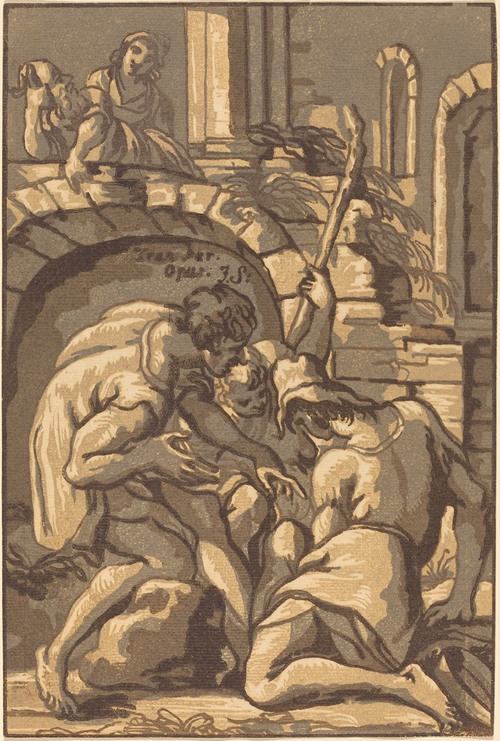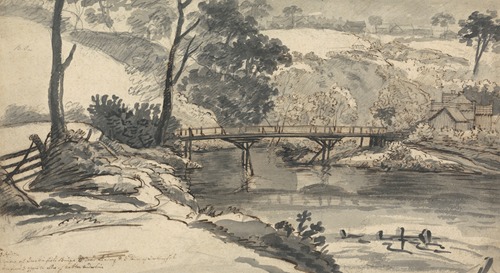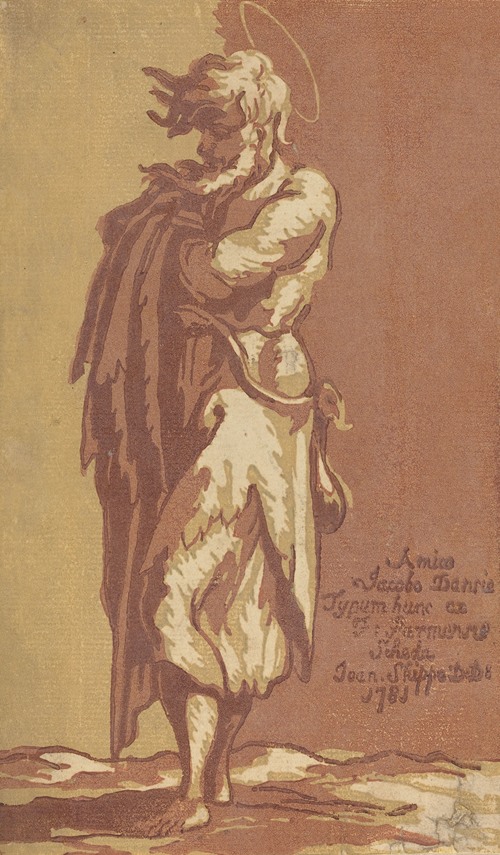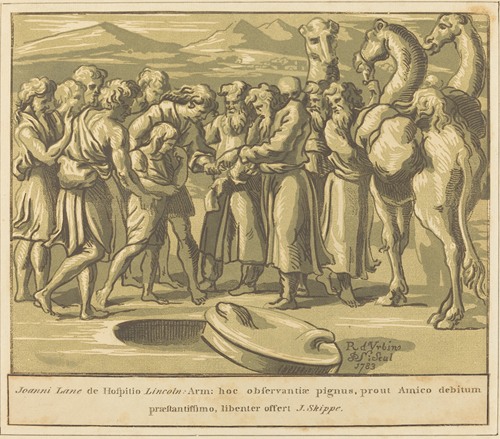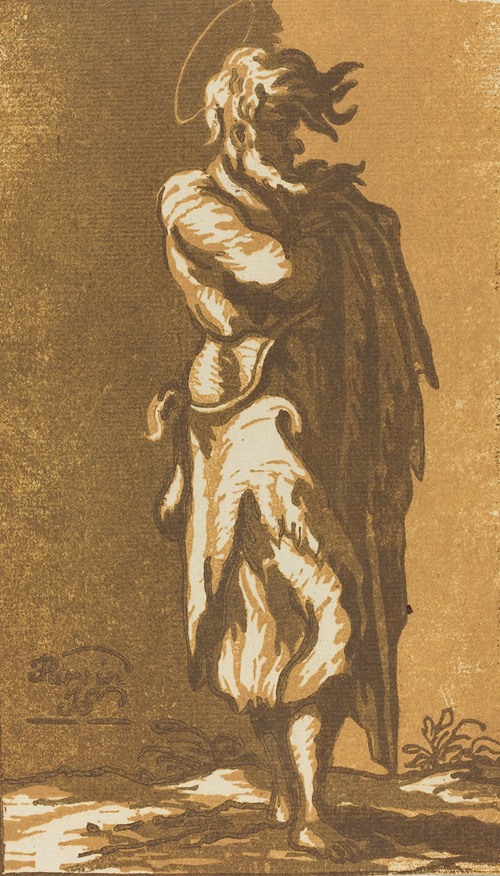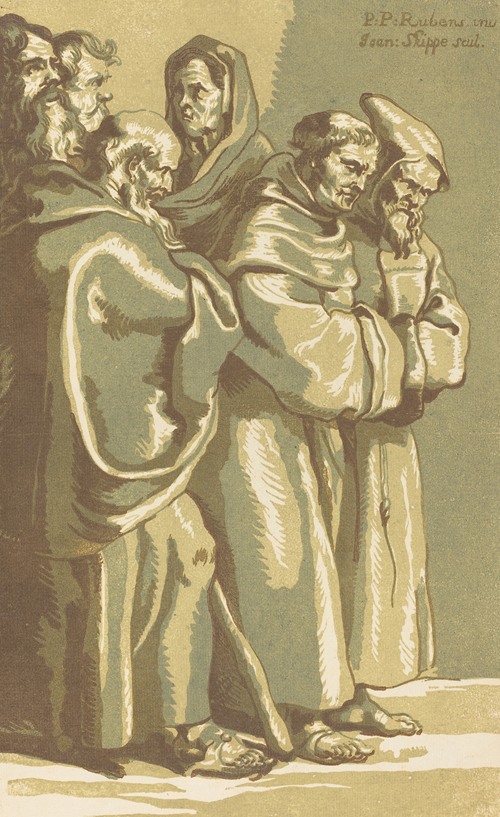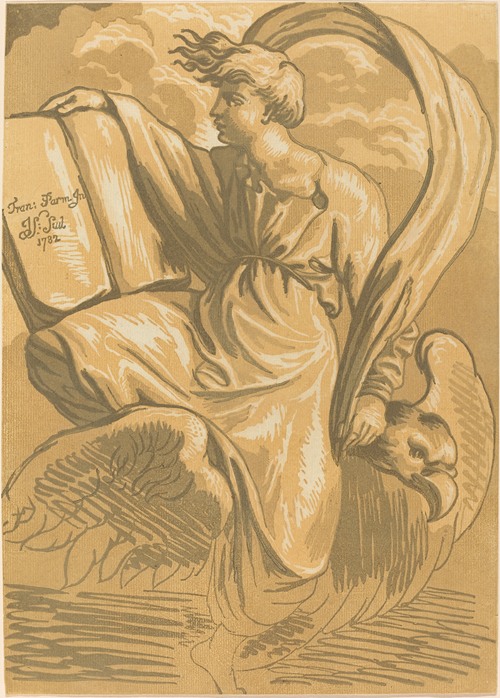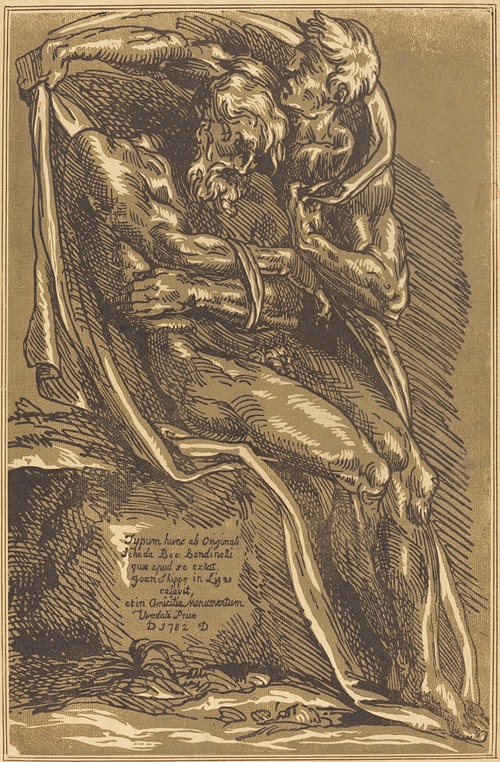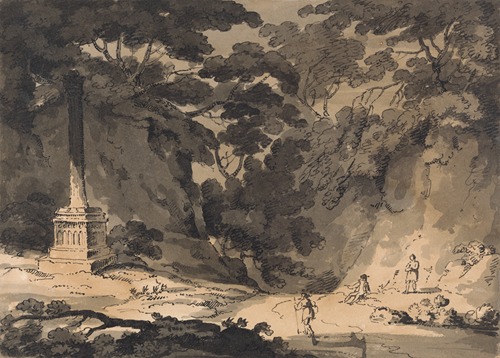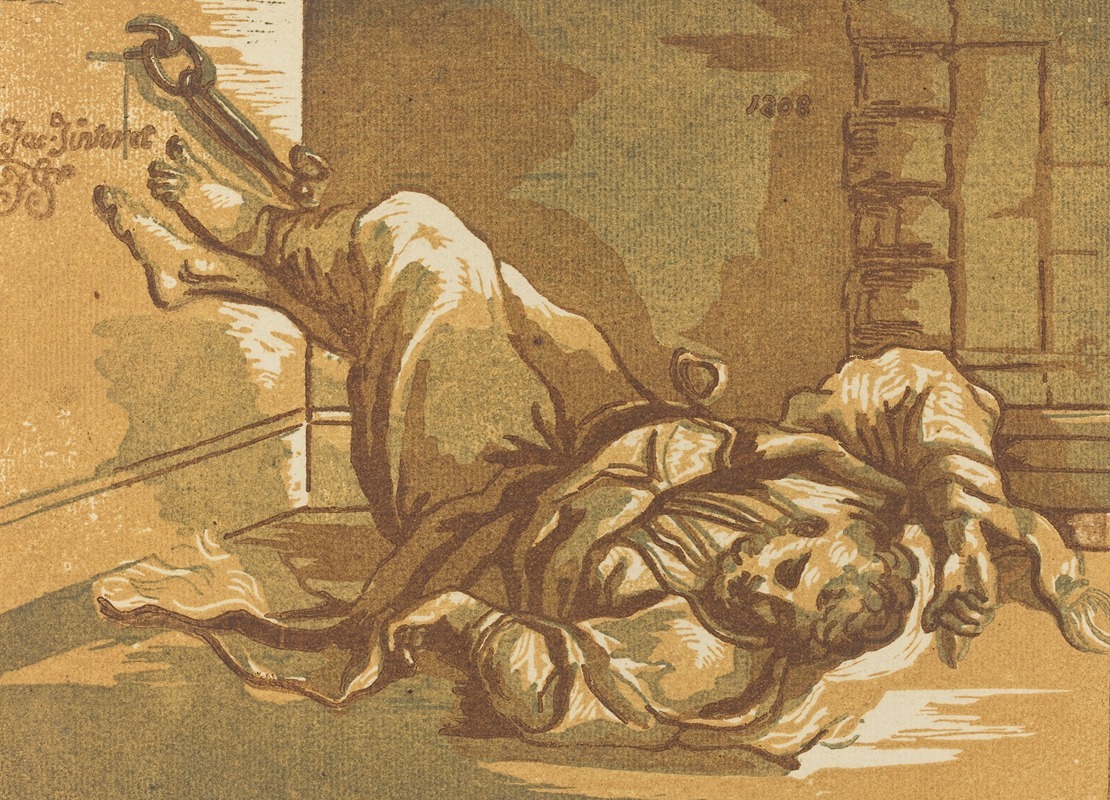
John Skippe was an English artist.
He was son of John Skipp of Ledbury, Herefordshire. His family had long been settled at Ledbury, a J. Skipp of that place having supported Sir Henry Lingen in 1646. He matriculated at Merton College, Oxford, in 1760, at the age of eighteen. After leaving the university he travelled in north Italy, and made many drawings, not without merit, from the old masters.
A series of careful studies, done in 1773 from the frescoes by Andrea Mantegna in the church of the Eremitani at Padua, is in the print-room of the British Museum. Skippe is chiefly noted for his series of wood engravings in chiaroscuro, done in imitation of those works of Ugo da Carpi and other early Italian artists. He had probably seen the chiaroscuro engravings of John Baptist Jackson; but Skippe's are more artistic than Jackson's, and more nearly approach the work of the older masters.
Drawings by Skippe of landscape, sacred and other subjects, executed in bistre with some vigour, are occasionally met with in collections and attributed to the old masters. Skippe died unmarried, 14 Oct. 1812.

